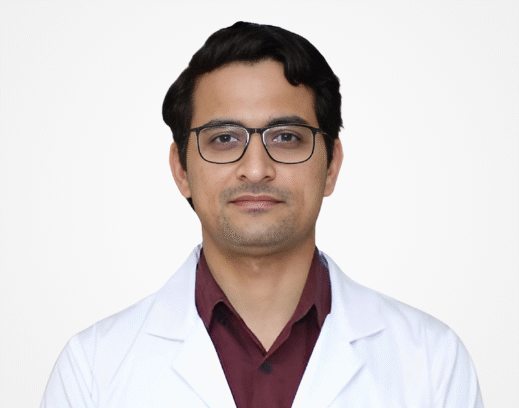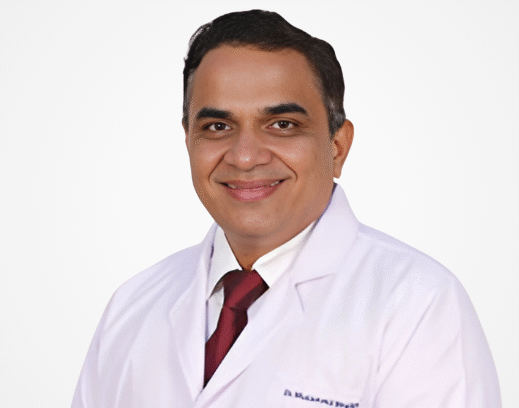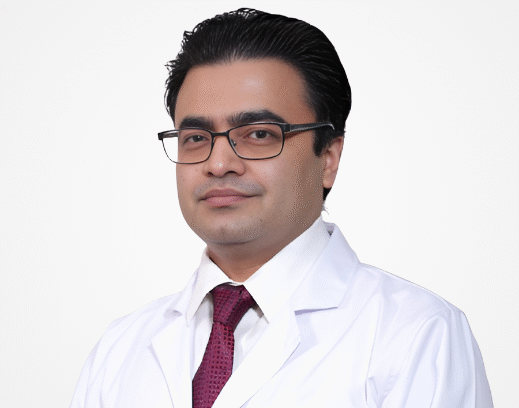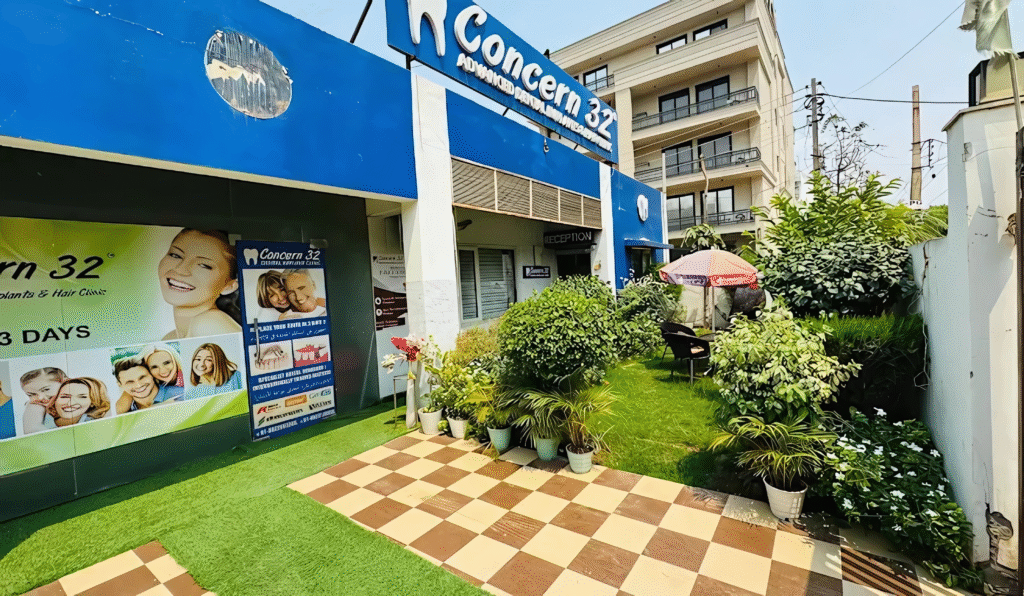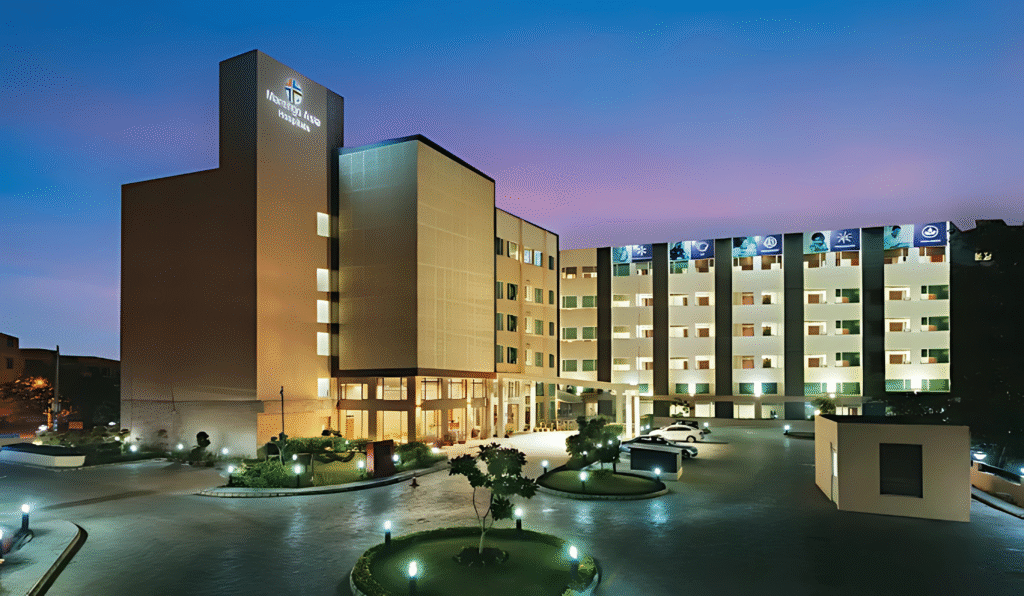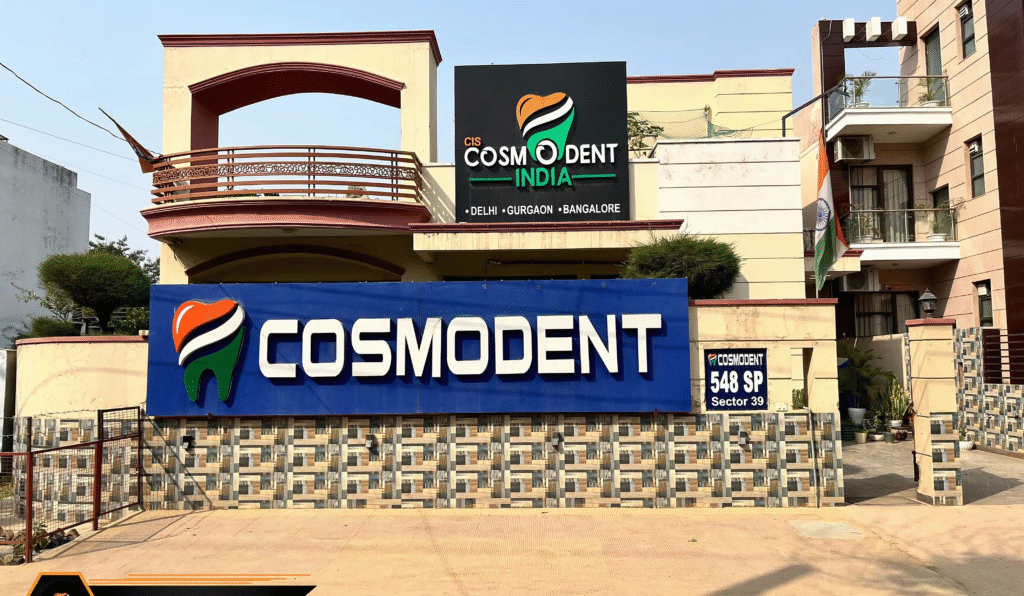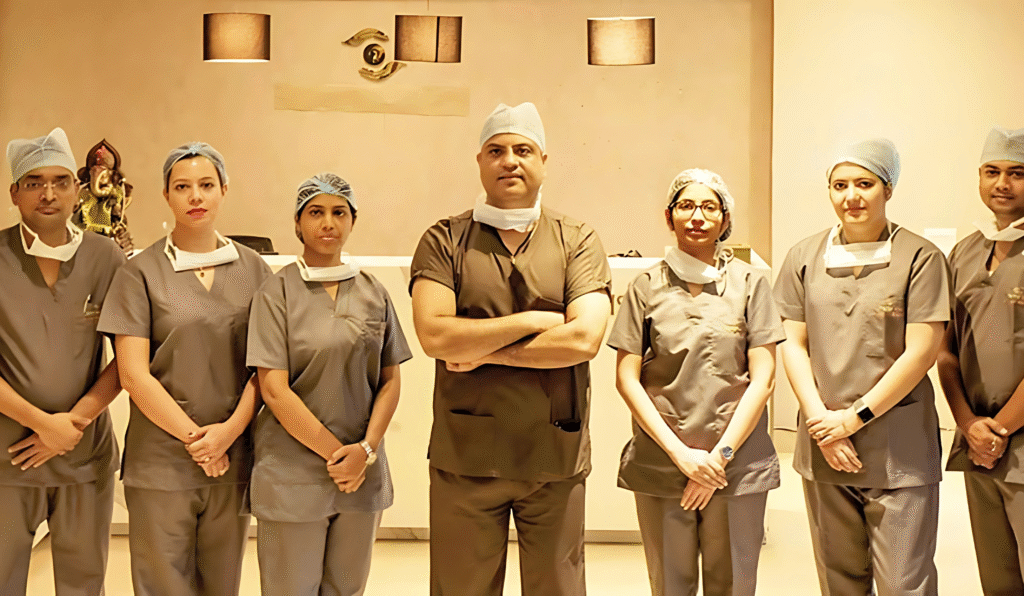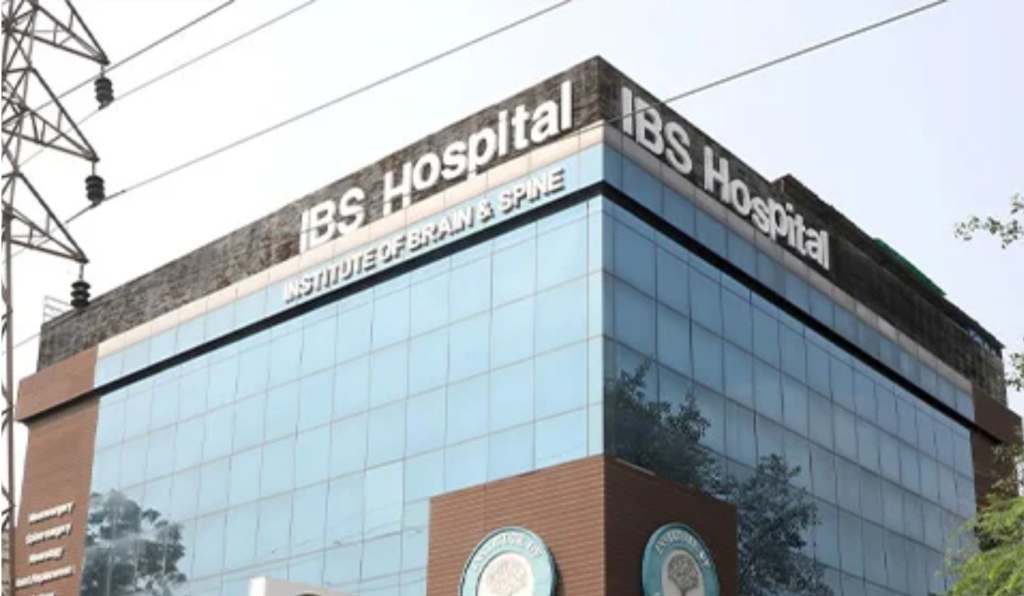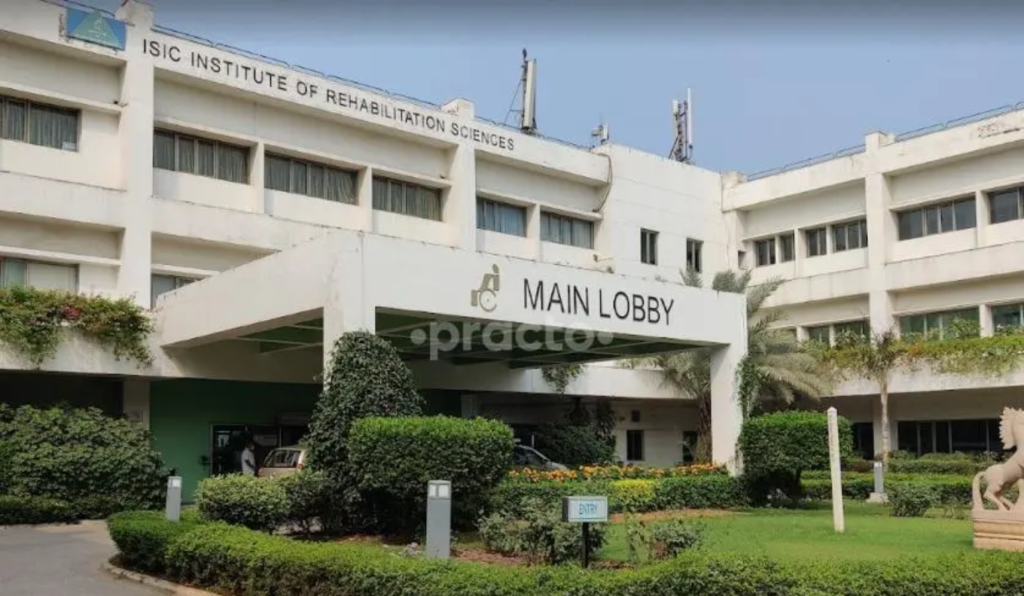Lung Cancer Treatment Cost in India

What is Lung Cancer?
Lung cancer is a type of cancer that begins in the lungs, which are part of the body’s respiratory system. It develops when abnormal cells in the lungs start to grow uncontrollably, forming tumors and potentially spreading to other parts of the body. It is one of the leading causes of cancer-related deaths worldwide due to its aggressive nature and late detection.
Lung cancer is mainly categorized into two types:
Non-Small Cell Lung Cancer (NSCLC): The most common form, accounting for nearly 85% of cases. NSCLC grows and spreads more slowly than small cell lung cancer and includes subtypes like adenocarcinoma, squamous cell carcinoma, and large cell carcinoma.
Small Cell Lung Cancer (SCLC): A less common but more aggressive type that spreads rapidly. It is usually associated with heavy smoking and often diagnosed at an advanced stage.
Early diagnosis through imaging and biopsy, followed by targeted treatment, significantly improves patient outcomes.
How Does Lung Cancer Develop?
Lung cancer originates when healthy lung cells acquire mutations, often from exposure to harmful substances like tobacco smoke, radon gas, or air pollutants. These mutations cause cells to avoid programmed cell death and continue dividing.
Here’s how it develops:
Initiation by Carcinogens: Long-term exposure to carcinogens (like smoking) damages DNA in lung cells.
Uncontrolled Growth: Damaged cells continue to grow unchecked, forming a mass or tumor.
Tissue Invasion: The tumor may disrupt normal lung function and invade nearby tissue.
Metastasis: Cancer can spread to lymph nodes, brain, bones, or liver through the bloodstream or lymphatic system.
Non-Small Cell Lung Cancer (NSCLC) is the most common type and tends to grow more slowly. Small Cell Lung Cancer (SCLC) grows rapidly and is usually diagnosed at a more advanced stage.
Causes and Risk Factors
Lung cancer risk is predominantly driven by environmental and lifestyle factors, although genetics may also play a role:
Smoking: The leading cause of both small cell and non-small cell lung cancer. The longer and more you smoke, the greater the risk.
Secondhand smoke exposure: Even non-smokers can develop lung cancer through prolonged exposure.
Occupational exposure: Long-term contact with substances like asbestos, arsenic, or diesel exhaust.
Radon gas: A naturally occurring radioactive gas that can accumulate in buildings and homes.
Air pollution: Particularly in urban areas, has been linked to increased lung cancer cases.
Personal or family history: Having a history of lung cancer increases your risk, especially if diagnosed at a young age.
While Non-Small Cell Lung Cancer (NSCLC) is more common, Small Cell Lung Cancer (SCLC) tends to be more aggressive and closely tied to smoking.
Symptoms
Lung cancer symptoms often do not appear until the disease is advanced, but when present, they may include:
Persistent cough that doesn’t go away or worsens over time
Coughing up blood or rust-colored sputum
Shortness of breath during everyday activities
Chest pain that worsens with deep breathing, coughing, or laughing
Hoarseness or wheezing
Unexplained weight loss and fatigue
Recurrent respiratory infections, such as bronchitis or pneumonia
Differences based on type:
Small Cell Lung Cancer (SCLC): Symptoms tend to appear quickly and aggressively.
Non-Small Cell Lung Cancer (NSCLC): May progress more slowly, with subtle early signs.
Types of Lung Cancer
Lung cancer is generally categorized into two primary types, each with its subtypes and treatment approach:
Adenocarcinoma: Most common in non-smokers; originates in mucus-producing cells.
Squamous Cell Carcinoma: Linked with smoking; begins in the lining of the bronchial tubes.
Large Cell Carcinoma: A less common form that grows and spreads quickly.
Makes up about 15% of cases.
Rapidly growing and likely to spread early.
Strongly associated with tobacco use.
Typically treated with chemotherapy and radiation rather than surgery.
Which Type of Lung Cancer is Most Dangerous?
Small Cell Lung Cancer (SCLC) is the most dangerous type of lung cancer. It grows rapidly, spreads early, and responds initially to treatment but tends to relapse quickly, making it harder to manage long term.
Why Choose India for Lung Cancer Treatment?
Lung cancer requires quick, accurate diagnosis and timely treatment—areas where India excels. The country offers world-class thoracic oncology services, incorporating molecular testing, minimally invasive surgeries, and cutting-edge targeted therapies. Whether you are dealing with Non-Small Cell or Small Cell Lung Cancer, India’s comprehensive care approach ensures that patients receive prompt attention and the most up-to-date treatment options, all delivered by internationally trained specialists in JCI-accredited hospitals.
India’s leading cancer hospitals have thoracic oncology teams specifically trained to handle Non-Small Cell and Small Cell Lung Cancers. These teams use advanced bronchoscopy, video-assisted thoracoscopic surgery (VATS), and robotic surgery for accurate diagnosis and minimally invasive tumor removal.
Indian labs perform EGFR, ALK, KRAS, and PD-L1 testing to guide treatment decisions, particularly in Non-Small Cell Lung Cancer. Patients benefit from access to advanced targeted therapies and immunotherapies tailored to their cancer’s genetic profile.
From stereotactic body radiation therapy (SBRT) to proton therapy, India offers advanced radiation options that preserve healthy lung tissue while effectively controlling tumors—especially important for patients with compromised lung function.
India offers cancer care that is 60–80% more affordable than in countries like the US or UK, without sacrificing quality. Internationally accredited hospitals maintain high standards, using the same FDA-approved drugs, surgical implants, and protocols used in the West.
In India, you can begin cancer treatment quickly. Diagnostic scans, biopsies, and tumor board reviews are completed within days—unlike in many countries where long waiting periods can delay care. Fast treatment initiation is crucial for aggressive cancers.
India provides an all-inclusive, patient-friendly ecosystem:
✔ Dedicated international patient coordinators
✔ Medical visa assistance for seamless travel
✔ Budget-friendly accommodation & transportation
✔ Multilingual staff including English-speaking doctors
This ensures a comfortable and stress-free experience for international patients during their treatment journey.
Different Types of Treatments for Lung Cancer
Lung cancer, which includes Non-Small Cell Lung Cancer (NSCLC) and Small Cell Lung Cancer (SCLC), often requires a multimodal approach. Treatments are designed to shrink tumors, prevent spread, and prolong life, depending on cancer type and stage.
How It Works:
Chemotherapy circulates through the bloodstream to attack rapidly dividing cells.
Damages cancer DNA
Kills cells throughout the body
Can enhance other treatments
When It’s Used:
As first-line for SCLC and advanced NSCLC
Pre- or post-surgery for NSCLC
In combination with radiation or immunotherapy
Benefits:
Effective for widespread cancer
Shrinks tumors before surgery
Increases survival in metastatic disease
How It Works:
Targets mutations like EGFR, ALK, or ROS1 found in NSCLC, blocking cancer-driving pathways.
Focuses on genetic mutations
Spares normal cells
Oral medications available
When It’s Used:
For advanced or metastatic NSCLC
In EGFR/ALK/ROS1-positive patients
When standard chemo isn’t effective
Benefits:
Precision treatment
Fewer side effects
Slows disease progression significantly
How It Works:
Boosts the body’s immune system to recognize and destroy lung cancer cells.
Inhibits immune checkpoint proteins
Reactivates T-cells
Often combined with chemo
When It’s Used:
Advanced or recurrent NSCLC or SCLC
PD-L1 positive tumors
As maintenance therapy
Benefits:
Long-term survival potential
Better quality of life
Suitable for non-surgical patients
How It Works:
High-energy X-rays are focused on tumors to destroy cancer cells and shrink masses.
Damages cancer DNA
Can be used externally or internally
Common in both early and advanced stages
When It’s Used:
In early-stage NSCLC (when surgery isn’t possible)
Combined with chemo in SCLC
For symptom relief in metastasis
Benefits:
Controls local tumors
Minimally invasive
Effective for pain or bleeding management
How It Works:
Delivers precise, high-dose radiation to small lung tumors with minimal damage to surrounding tissue.
High-accuracy targeting
Often completed in 1–5 sessions
Especially used for early NSCLC
When It’s Used:
For non-operable early-stage NSCLC
Brain metastasis from lung cancer
In elderly or high-risk surgical patients
Benefits:
Non-surgical option
Short treatment duration
Preserves lung function
Different Procedures for Lung Cancer
Surgical and diagnostic procedures are critical in the management of lung cancer. These can help in removing tumors, staging the cancer, and relieving symptoms. Advanced technologies now enable minimally invasive options as well.
How It Works:
Lobectomy involves removing one of the lobes of the lungs where the tumor is located.
When It’s Used:
Early-stage non-small cell lung cancer
Tumor localized to one lobe
In patients fit for surgery
Benefits:
Increases chances of cure
Removes cancer entirely
May prevent spread
How It Works:
A minimally invasive procedure using a tiny camera and instruments inserted through small incisions to operate inside the chest.
When It’s Used:
For lung biopsies or lobectomies
In early-stage lung cancer
To reduce surgical trauma
Benefits:
Less pain and blood loss
Faster recovery
Shorter hospital stay
How It Works:
This approach treats tumors located inside the airways using laser, cryoablation, or radiation delivered via a bronchoscope.
When It’s Used:
To relieve airway obstruction
In palliative care
For inoperable central tumors
Benefits:
Restores breathing
Minimally invasive
Fast symptom relief
How It Works:
A flexible scope is inserted through the mouth or nose to visualize and collect samples from the lungs.
When It’s Used:
For biopsy or diagnosis
To examine abnormal imaging findings
To remove obstructions or foreign bodies
Benefits:
Simple outpatient procedure
No surgical incisions
Essential for staging
How It Works:
Surgical technique where a scope is inserted behind the breastbone to access and biopsy lymph nodes in the mediastinum.
When It’s Used:
To check for spread to lymph nodes
As part of staging lung cancer
When PET scans are inconclusive
Benefits:
Accurate staging
Guides treatment planning
Helps avoid unnecessary surgeries
Other Advanced Procedures and Costs for Lung Cancer
How It Works:
RFA uses heat generated by electrical currents to destroy cancer cells, guided by imaging techniques like CT or ultrasound.
When It’s Used:
For small lung tumors
In patients who are not surgical candidates
As a palliative option
Benefits:
Outpatient or short-stay procedure
Minimal recovery time
Preserves lung function
Cost in India: $2,000 – $4,000
How It Works:
Cryoablation involves inserting a probe into the tumor and freezing it using extremely cold gas, killing cancer cells.
When It’s Used:
For tumors located near airways
In early-stage or palliative care
When surgery is not an option
Benefits:
Precise tumor targeting
Preserves surrounding tissue
Minimal pain and quick recovery
Cost in India: $2,500 – $4,500
How It Works:
Proton beams are directed precisely to the lung tumor, minimizing radiation exposure to healthy lung and heart tissues.
When It’s Used:
For complex or centrally located tumors
When conventional radiation is risky
In patients with poor lung reserve
Benefits:
Ideal for sensitive locations
Fewer long-term side effects
Better preservation of lung function
Cost in India: $10,000 – $14,000
How It Works:
Small one-way valves are placed into airways to block airflow to diseased parts of the lung, allowing healthier areas to expand.
When It’s Used:
In lung cancer patients with severe air trapping or emphysema
As palliative relief for breathing issues
Not suitable for tumor removal
Benefits:
Non-surgical
Improves breathing and quality of life
Short recovery time
Cost in India: $3,000 – $5,000
Best Doctors for Prostate Cancer Treatment in India
Best Hospitals for Prostate Cancer Treatment in India
Med Travel India Offerings
How does Med Travel India help you?
Med Travel India is dedicated to assisting international patients in accessing high-quality prostate cancer treatment in India. From selecting the best hospitals to providing logistical support, we ensure a seamless medical journey. Our team works closely with top oncologists and healthcare facilities to offer personalized treatment plans tailored to each patient’s condition.
We take care of every aspect of medical travel, allowing patients to focus solely on their recovery. Below is a list of services provided by our company:
Services offered by Med Travel India

Seamless Planning for Your Medical Journey
Before you even arrive, we take care of all the groundwork. From connecting you with top specialists to ensuring all necessary medical evaluations are completed, we make your journey stress-free. Our goal is to provide clarity and comfort before your treatment begins.
- Free Medical Consultation
- Personalized Treatment Plan
- Estimated Cost & Duration
- Visa Assistanc
- Second Opinion Service
- Pre-Arrival Coordination
Worry-Free Travel & Comfortable Stay
We ensure that your journey to India is as smooth as possible. From booking your flights to arranging a comfortable stay near your hospital, we handle everything so you can focus on your health.
- Flight Booking Assistance
- Accommodation Booking
- Airport Pickup & Drop
- Language Interpretation Services
- Local Transport Arrangements
- Currency Exchange Support


World-Class Medical Care, Personalized for You
We ensure that your medical treatment is well-organized and efficient. Our team works closely with hospitals to facilitate smooth admissions, consultations, and procedures, ensuring you receive top-quality healthcare.
- Priority Appointment Scheduling
- Direct Hospital Admission
- Specialist Doctor Assignment
- Pharmacy & Medical Supplies
- Hospital Admission & Discharge Support
- 24/7 Customer Assistance
Continued Support for a Speedy Recovery
Your health journey doesn’t end after treatment. We provide post-procedure assistance to ensure a smooth recovery, whether you stay in India for rehabilitation or return home.
- Post-Surgical Care Coordination
- Rehabilitation & Physiotherapy
- Virtual Doctor Consultations
- Diet & Lifestyle Guidance
- Extended Stay Arrangements
- Post-treatment Medical Supplies


Beyond Healthcare, A Comfortable Experience
We offer additional services to make your stay in India comfortable and enriching, ensuring that your well-being is cared for beyond the hospital.
- Medical Insurance Settlement Help
- SIm Card Assistance
- Customized Sightseeing Tours
- Medical Document Assistance
- Personalized Assistance for Family Members
- Concierge Services
Reviews From Our Patient




